CLARKESWORLD Q&A
By:
October 31, 2023
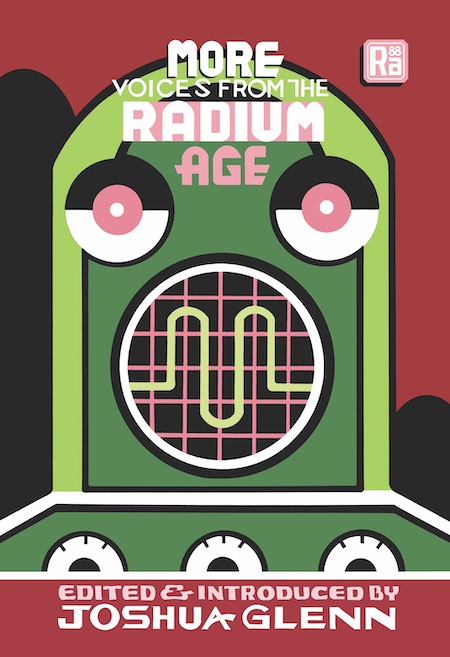
A Q&A with HILOBROW’s Josh Glenn, founding editor of the MIT Press’s RADIUM AGE series of reissued proto-sf (c. 1900–1935), appeared in the sf magazine Clarkesworld this past August — timed to coincide with the publication of the More Voices from the Radium Age short story collection. Arley Sorg, editor of and contributor to Fantasy, Locus, The Magazine of Fantasy & Science Fiction, and elsewhere, conducted the Q&A. Below, the full version.
CLARKESWORLD: Where were you born? Where do you live?
JOSH GLENN: I was born and raised in the city of Boston, and still live here.
CLARKESWORLD: Where did you go to school, and what did you study there?
JOSH GLENN: I was a Comparative Religion major at Williams College, then dropped out of a Sociology master’s degree program at Boston University and instead earned a Master’s degree in Teaching (middle-school Civics and Social Studies) there.
CLARKESWORLD: Do you have a day job? Have you had other cool, interesting, boring, or surprising jobs?
JOSH GLENN: I’ve worked full-time as a consulting semiotician — using semiotic analysis to generate insights and ideas for brand marketers and strategists — since 2008. For five years I was an editor and columnist at the Boston Globe, and before that an editor at the user-generated content dotcom Tripod and the alt-culture magazine Utne Reader. I’ve been a freelance writer and semiotician, too. Long before I got into journalism, I toiled as a bartender, handyman, courier, and bike-shop guy. Also, although these are not paying gigs, I publish the websites HILOBROW and SEMIOVOX.
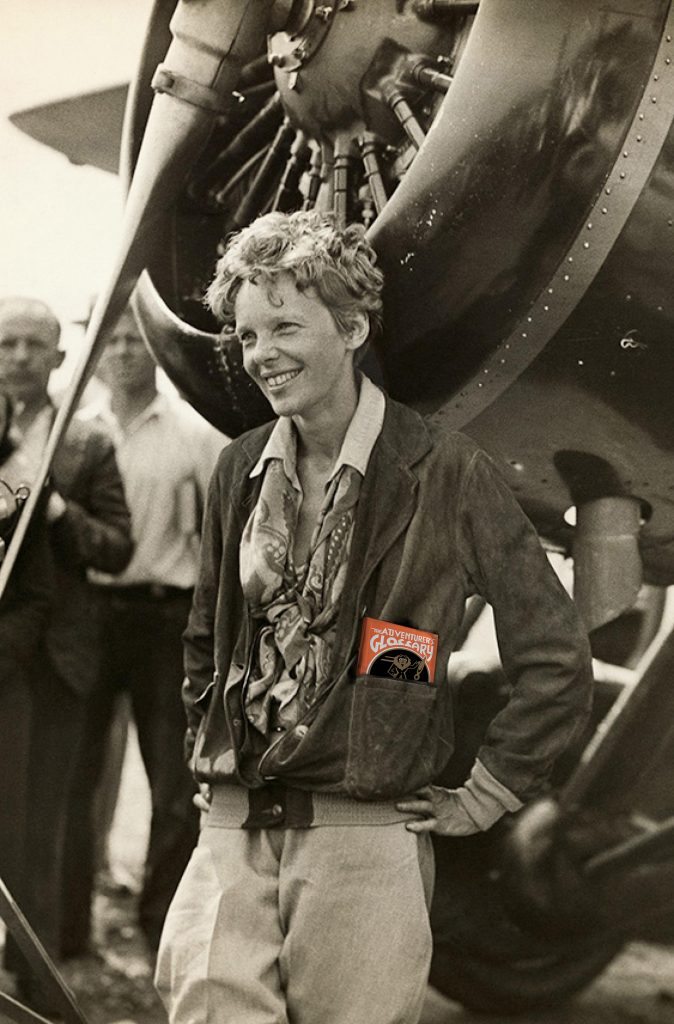
CLARKESWORLD: Anything else we should know about you? Any other sf-related projects — outside of the Radium Age series?
JOSH GLENN: I’m co-author and or co-editor of three fun books about language and ideology (The Idler’s Glossary, The Wage Slave’s Glossary, The Adventurer’s Glossary), with Mark Kingwell, and illustrated by Seth; three books of family activities (UNBORED, UNBORED Adventure, UNBORED Games), with Elizabeth Foy Larsen and designed by Tony Leone; and three books about the meaning of objects (Taking Things Seriously, Significant Objects, and Lost Objects), the last two with Rob Walker. Elizabeth, Tony, and I have also created several UNBORED activity kits for MindWare. Science Fiction-wise, at HILOBROW in addition to all sorts of Radium Age proto-sf stuff, I’ve identified 400 or so of the best sf novels from the 20th and (thus far) 21st centuries. I’m working on a novel in sf’s “semiopunk” subgenre; and have self-published one story.
CLARKESWORLD: Any other accolades?
JOSH GLENN: In a New York Times profile years ago — when Significant Objects and Unbored were about to come out — I was described as someone who has spent decades thinking deeply about how things mean — “not what but how.” Sums it up.
CLARKESWORLD: When did you start reading sci fi?
JOSH GLENN: I was an early and voracious reader, and would still read a book a day, if I could find the time. When I was an adolescent an older cousin gifted me an enormous boxful of fantasy and sf paperbacks in which he’d lost interest. For me this was an epistemic revolution — like the Festival’s arrival at Rochard’s World in Singularity Sky, or Horselover Fat’s encounter with VALIS. I’ve been an avid sf reader since that time.
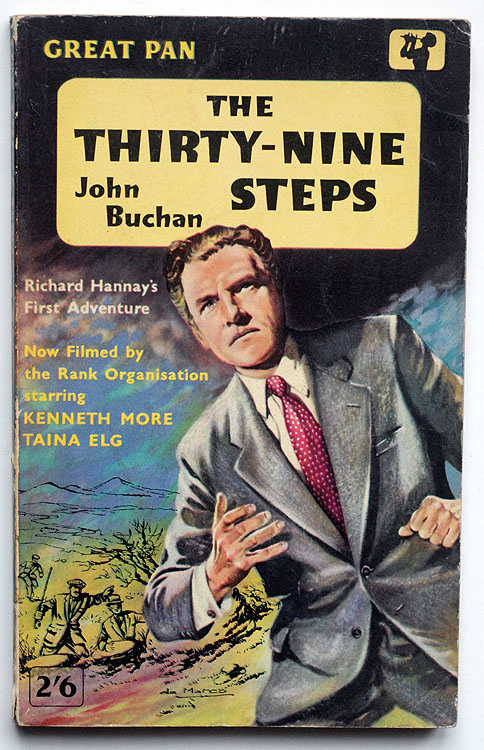
CLARKESWORLD: How did you first get into reading Radium Age stories?
JOSH GLENN: From 2002–2008, I wrote a weekly column for The Boston Globe, which left me very little time for pleasure reading; I also had young children at home, then. When I quit the column, I ambitiously set out to read my way through the 20th century’s best “adventure” novels — from sf and fantasy to crime, westerns, thrillers, espionage, war stories, etc. (I wouldn’t wrap up this project until early 2021; the pandemic was a big help in that regard.) While researching which sf novels I hadn’t yet read, I perused a few histories of the genre — for example, Brian Aldiss’s Billion Year Spree — and couldn’t help noticing that the years 1900–1935 received short shrift. It was as though nothing much of value (beyond, say, R.U.R., Edgar Rice Burroughs’s Barsoom adventures, and Brave New World) had been published between H.G. Wells’s 1890s work and the mid-1930s kickoff of sf’s so-called Golden Age. This struck me as unlikely, since so many of my favorite adventures — The Scarlet Pimpernel, or the Arsène Lupin and Fantômas stories, The Man Who Was Thursday, The Thirty-Nine Steps, The Mark of Zorro, not to mention the works of Dorothy L. Sayers, Dashiell Hammett, and Robert E. Howard — had appeared during this period. Using Everett F. Bleiler’s amazing 1990 reference work Science-Fiction: The Early Years as my guide, I started tracking down and reading proto-sf stories and novels… and immediately discovered so much great stuff. I excitedly told my friends Annalee Newitz and Charlie Jane Anders about what I initially described as “pre-Golden Age” sf, and they invited me to write a series on the topic for io9.com. In 2010, I’d bestow upon sf’s emergent era its “Radium Age” moniker.
CLARKESWORLD: What spoke to you about proto-sf from this era?
JOSH GLENN: At the level of form, as mentioned earlier, I just really enjoy prose written in the early twentieth century; so much genre fiction from those years is smart, funny, and thrilling. At the level of content, it was a delight to discover the obscure origins of enduring sf tropes like the telepath, the berserk robot, the tyrannical superman, and the environmental catastrophe, among many others. At a meta-level, it’s instructive and fun to witness the sf genre (a phenomenon that anyone born after the 1930s perceives as natural, permanent, and inevitable) assemble itself, much like the M.A.R.K. 13 robot does in the movie Hardware, out of a hodgepodge of outré sources — i.e., from occult philosophy and Symbolist poetry to horror novels, Arctic exploration tales, and so on.
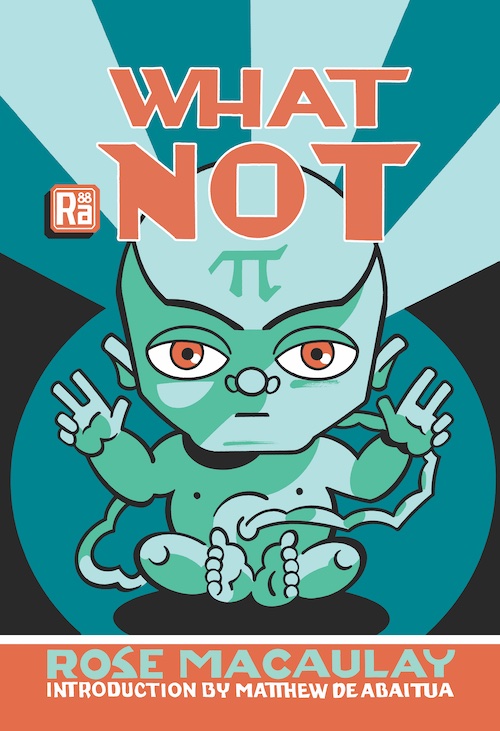
CLARKESWORLD: What have been some of the more notable challenges for putting together and publishing this series?
JOSH GLENN: In 2020 I pitched the MITP on a series dedicated to reissuing proto-sf from 1900–1935. The editorial board agreed, with the stipulation that the series should focus primarily on science- and technology-driven stories. I agreed with my fingers crossed, because although there are plenty of terrific books that fit the bill — Wells’s The World Set Free, about atomic weapons; E.V. Odle’s The Clockwork Man, about human consciousness uploaded into a mechanical body; and Rose Macaulay’s What Not, about eugenics, to name a few titles that we’ve published so far — I also want to reissue proto-sf tackling such themes as, e.g., dystopia, catastrophe, cosmic horror, and aliens. (Luckily the MITP’s Noah Springer, my liaison to the editorial board, agrees.) There are other guardrails that are more difficult to circumvent, though: we don’t want to reissue books that are currently in print; we’re focused primarily on books and stories that are in the public domain; and although we are eager to publish translations, we don’t have a budget for doing so. One key goal of this series is to surface Radium Age proto-sf written by women, people of color, and non-US or English authors, but… many of the works that fit the bill have so far turned out to be either already in print, not yet in the public domain, or requiring translation! Tricky business, then — but we’re tenacious.
CLARKESWORLD: How do you select and recruit sf scholars and authors to write new introductions to the books you’re reissuing? What sorts of directions do you give them?
JOSH GLENN: We’ve pulled together a stellar board of advisors that includes sf authors, translators, scholars, and critics: Annalee Newitz, Ken Liu, Anindita Banerjee (Science Fiction Circuits of the South and East), Sherryl Vint (Biopolitical Futures in Twenty-First Century Speculative Fiction), kara lynch (We Travel the Space Ways: Black Imagination, Fragments, and Diffractions), David M. Higgins (Reverse Colonization: Science Fiction, Imperial Fantasy, and Alt-Victimhood), and Sean Guynes (Unstable Masks: Whiteness and American Superhero Comics). Along with Noah, these friends of the series will swoop in to assist whenever I’m wondering whether a book is really worth reissuing; or when I don’t know whom to approach about a translation, introduction, afterword, or back-cover blurb. I’ll do JSTOR research ferreting out someone who’s an expert on a particular topic or theme — which is how I found Conor Reid, for example, who’s written about Arthur Conan Doyle’s proto-sf stories for us; and Sarah Cole, author of a recent book on Wells, who introduced our edition of The World Set Free. But it’s much easier and more efficient to turn to Anindita, Ken, Sherryl, and the others. What directions do I offer? Having worked as an editor and writer for many years, I tend to assume that if you find the perfect writer for a task, then you should mostly stay out of their way. I just ask them to aim for “smart and erudite, not too scholarly or pedantic.” I’m really pleased with the social, cultural, literary, and scientific context we’ve provided.
CLARKESWORLD: What is your approach or philosophy for engaging with Radium Age authors and their works if they also happen to have problematic aspects?
JOSH GLENN:While most Radium Age sf authors are impatient with the small-minded prejudices that characterize their era, they are by no means immune to this sort of thing. So we ask our introduction writers to call out any aspects of these stories that are racist, sexist, ethnocentrist, antisemitic, homophobic, proto-fascist, or otherwise problematic.
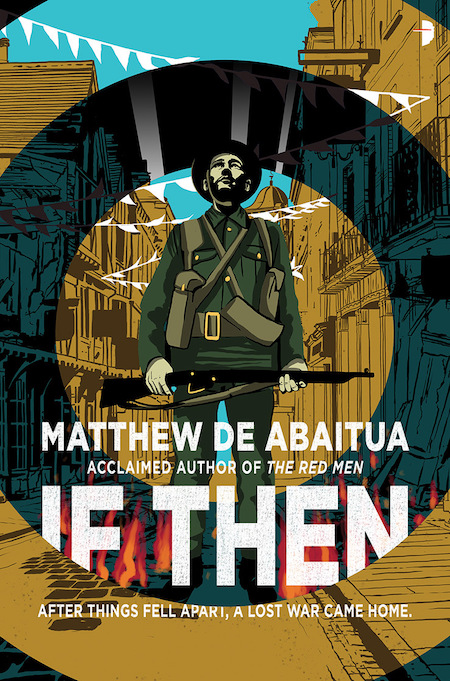
CLARKESWORLD: You also read a lot of current and recent SFF by a range of authors. How has working on Radium Age titles changed or impacted the way you read current works? And do current works shift your perspective in any way on Radium Age works?
JOSH GLENN: Everything goes in cycles, so it’s entertaining to see Radium Age tropes and themes vanish in one era only to resurface in another. The idea of the misanthropic superman, for example, who believes you’ve got to be cruel to be kind — one thinks of Victor Stott, in J.D. Beresford’s The Hampdenshire Wonder, which we’ll reissue with a new introduction by Ted Chiang; or Humpty, say, in Olaf Stapledon’s Last Men in London — reappeared in the character of Ozymandias, in The Watchmen graphic novel (and movie, and TV series) and since then we’ve seen so innumerable other examples. I also love it when a contemporary sf author pays homage to a Radium Age precursor — Kim Stanley Robinson’s Galileo’s Dream explicitly references David Lindsay’s A Voyage to Arcturus; and Matthew De Abaitua’s IF THEN is almost Stapledon fanfic.
CLARKESWORLD: What are some of the most important differences between the selections for the new anthology, More Voices from the Radium Age, and the 2022 installment, Voices from the Radium Age?
JOSH GLENN: I selected stories for the first collection with the intention of introducing today’s sf readers for the first time to the very notion that the science fiction genre emerged out of a Radium Age era about which they haven’t ever heard. To that end, I thought it was important to showcase proto-sf writing by authors famous for their non-sf work — including Arthur Conan Doyle, two of whose Professor Challenger stories we reissued this year, Jack London, and E.M. Forster — whose “The Machine Stops” is an all-too-prospicient satire of what he regarded as H.G. Wells’s naive techno-utopianism. I also wanted to draw attention to once-popular proto-sf writers — William Hope Hodgson, Neil R. Jones — about whom we’ve forgotten; as well as writers — W.E.B. Du Bois, Rokeya Sakhawat Hossain — who challenged the nascent genre’s prejudices. With the second collection, while I wanted to feature Abraham Merritt, George Allan England, and others who were popular proto-sf and sf writers during this era, this time around I thought I’d take readers on a mini-tour of sf’s literary sources — for example, the “weird” fiction of Algernon Blackwood, Edith Nesbit’s admixture of sf and horror, the Symbolist worldview of Valery Bryusov, and May Sinclair’s fourth-dimensional musings.
CLARKESWORLD: Other than the time frame, what were the factors that determined if a piece would go into these volumes?
JOSH GLENN: I have a substantial spreadsheet of stories that I’d like to reissue. Each entry is color-coded and meta-tagged to indicate pertinent considerations such as whether the story is in the public domain, whether the author is female or a person or color, whether the theme is one that we’ve already tackled… and most importantly, how much I’ve enjoyed reading it. It’s crucial that everything we publish is truly entertaining.
CLARKESWORLD: Were there stories you wanted to include in More Voices but couldn’t?
JOSH GLENN: Many! However, we’ll do more collections in the years to come. We’re leaning now towards doing more thematic collections — about robots, AI, aliens, etc. I pitched a long list of such themes to Noah, and we’ve settled on one for starters.
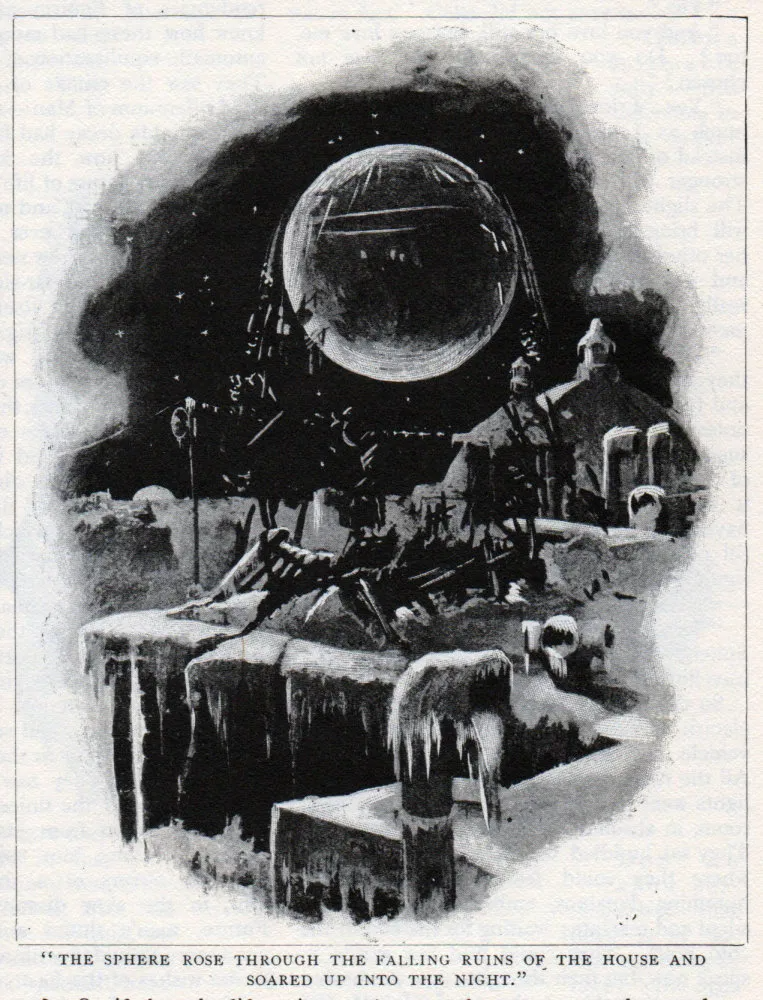
CLARKESWORLD: Are there stories in More Voices that may surprise readers?
JOSH GLENN: George C. Wallis’s story “The Last Days of Earth” is a very early example of cli-fi; it features a proto-Web known as the Worldwide Pictorial Telegraph (relying on “reflected Marconi waves”) and perhaps even more surprisingly, a female character who defies humankind’s rules. Wells’s “The Land Ironclads” not only introduces the notion of an armored tank, but prefigures videogame-like telewars fought by drone jockeys. And H.P. Lovecraft fans will enjoy reading one of his own favorite stories, Merritt’s “The People of the Pit” — about a fiendish alien race and advanced technology trapped beneath an Alaskan mountain!
CLARKESWORLD: Looking at the series overall, both in terms of what’s been published and what you have coming up, which titles do you see as some of the most important projects, and why?
JOSH GLENN: I once read in the sf reference book Anatomy of Wonder that E.V. Odle’s The Clockwork Man is “perhaps the outstanding scientific romance of the 1920s.” It was difficult and expensive to get my hands on a copy; once I finally did, I was blown away — and reissued it in 2013, with an introduction by Annalee Newitz, as part of my own indie Radium Age series. So I was overjoyed that this became one of the first titles in the MIT Press’s series; and I was delighted that Annalee updated her intro for our new edition. J.J. Connington’s Nordenholt’s Million is a disturbing reminder that tycoons with fascist ambitions are quite adept at stoking our fears and seizing upon emergency situations. Pauline Hopkins’s Of One Blood (first published in Boston’s The Colored American Magazine in 1902–1903) was recently singled out by Adam Bradley, founding director of the Laboratory for Race and Popular Culture at U.C.L.A., as one of the key books that “help to tell a story of Black American literature that reflects the infinite number of ways of being Black in America — and of being in the world.” J.D. Beresford’s A World of Women and Cicely Hamilton’s Theodore Savage warned us — long before the Supreme Court’s Dobbs v. Jackson Women’s Health Organization decision — that we shouldn’t take women’s hard-won rights for granted. Coming up, there’s so much to be excited about — I’ll just mention The Inhumans and Other Stories, a selection of Bengali proto-sf selected and translated into English for the first time by Bodhisattva Chattopadhyay; Charlotte Haldane’s Man’s World, an obscure work by a feminist author married to the eugenics-promoting biologist J.B.S. Haldane; and a collection of stories, edited by Lisa Yaszek, by Gertrude Barrows Bennett — who, as “Francis Stevens,” was the first American woman to publish widely in science fiction. We also have a Russian translation in the works, and so much more. Stay tuned!
MORE RADIUM AGE SCI FI ON HILOBROW: RADIUM AGE SERIES from THE MIT PRESS: In-depth info on each book in the series; a sneak peek at what’s coming in the months ahead; the secret identity of the series’ advisory panel; and more. | RADIUM AGE: TIMELINE: Notes on proto-sf publications and related events from 1900–1935. | RADIUM AGE POETRY: Proto-sf and science-related poetry from 1900–1935. | RADIUM AGE 100: A list (now somewhat outdated) of Josh’s 100 favorite proto-sf novels from the genre’s emergent Radium Age | SISTERS OF THE RADIUM AGE: A resource compiled by Lisa Yaszek.
